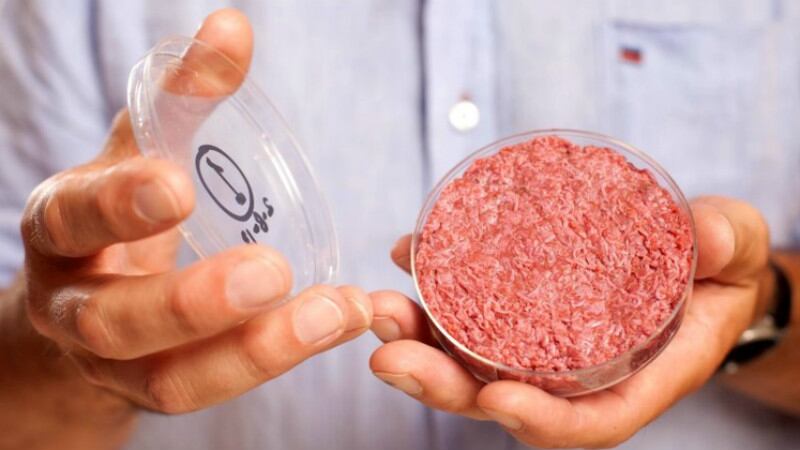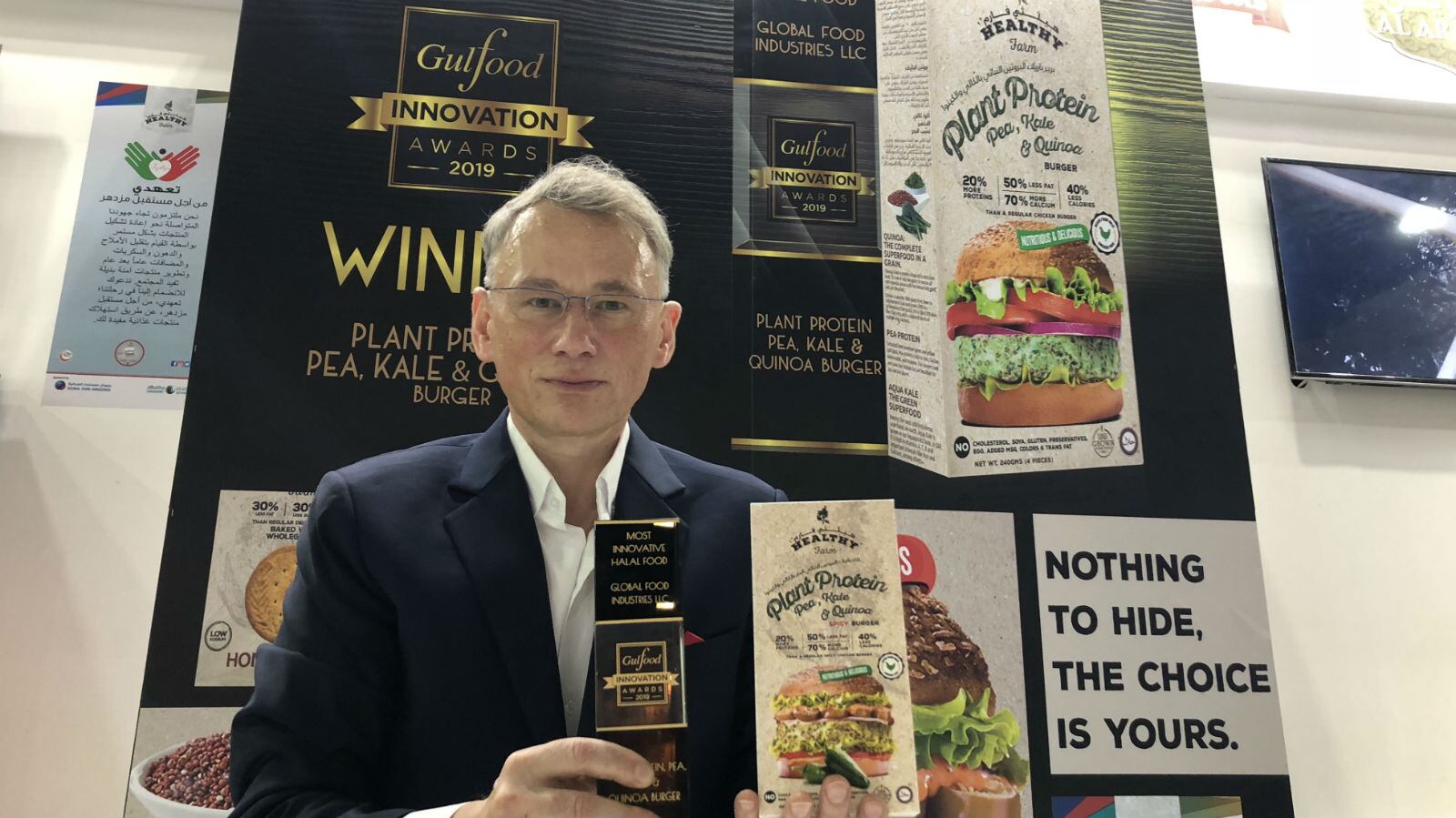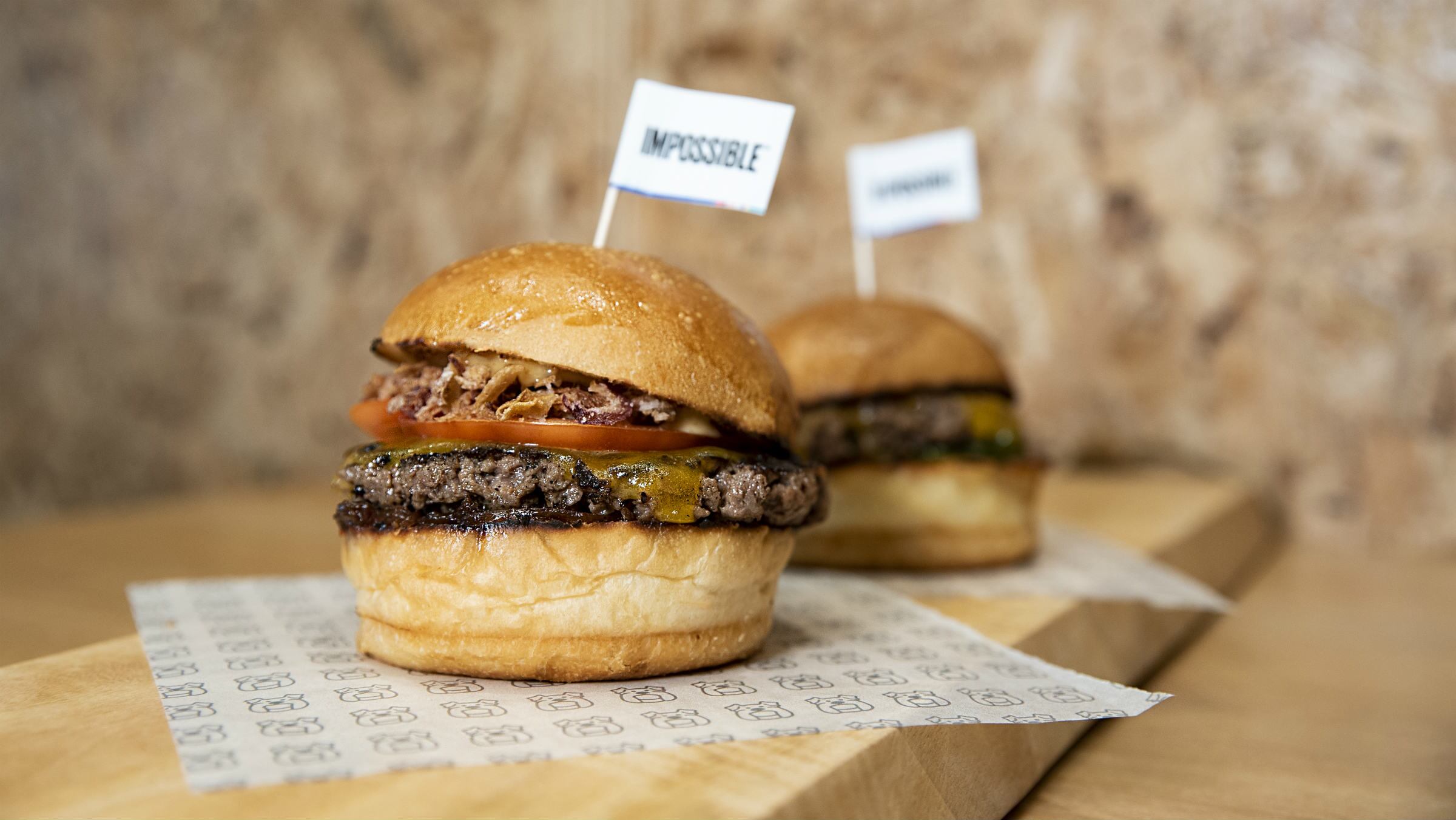That’s the question that Australian meat alternatives think tank Food Frontier set out to examine in its latest report, Meat Re-Imagined.
Cell-based meat involves taking animal cells, housing them in optimal conditions and feeding the cells with a ‘mixture of nutrients and signalling proteins’ to direct growth.
“The process mimics that of growing flesh on an animal, but removes the need for a live animal to produce the desired end-product,” said the authors.
Although a rising number of countries and companies worldwide such as Israel’s Future Meat Technologies, Singapore’s Shiok Meats and the United State’s Memphis Meats have developed prototypes of cell-based meat products, none of these have moved into the commercial market yet.
High costs have been cited as a major reason for this. According to Shiok Meats CEO and Co-founder Sandhya Sriram, “Since the cost of cell-based meat currently is quite high, the market that we will cater to now is mostly in the high-end restaurants and for gastronomical experiences.”
That said, cost predictions appear to be on a downwards trend within the next few years, as the company aims ‘to be producing seafood commercially for consumption by 2020/2021’.
A similar pattern was observed for Future Meat Technologies. The report cited the company’s current production costs at A$1,122 (US$795) per kg of minced meat as of May 2018, but this was predicted to drop to A$7.00 to A$14.00 (US$5.00 to US$9.90) by 2020.
American alternative protein firm JUST also anticipates prices of its cell-based products to drop to ‘within 30% of price of conventional meat’ within the ‘near future’.
The report authors have attributed this to technological advancements and production efficiency gains, also predicting that ‘a high-end product’ should be available on the market as early as 2020.
Technology
The production of cell-based meat is dependent on four key areas: cell lines (sources), culture medium (nutrients/feed), scaffolding (physical support) and bioreactors (cultivators) – and multiple challenges lie within each of these areas.
“[All of these] components are at various degrees of development, and none are yet fully optimised for industrial-scale production of cell-based meat,” said the authors.
Although the sourcing of cells from animals is an ‘essentially painless’ procedure, the challenges lie in proliferative viability. Most cells can only divide some 20 to 50 times. To meet commercial needs, companies are looking at developing ‘immortalised’ cell lines, which could involve GMO.
A large amount of cell-based meat production cost goes into cell culture medium, because these media are generally sourced from high-cost industries such as biomedical research or cell therapies.
“[This also means that the media] has not been subjected to the cost constraints of the food industry, nor specifically optimised to support the growth of the [cells] relevant for cell-based meat,” added the report.
That said, this also means that this area presents the greatest opportunity for cost reduction. Fetal bovine serum (FBS) is a commonly-used source of growth factors for cell culture media, and is a ‘main contributor’ to its costliness.
A good deal of work to reduce media cost has been focused on FBS. For example, Future Meat Technologies has developed a serum-free process that cleans and recycles their media, and Dutch startup Meatable has created a stem cell line that does not require FBS.
Bioreactor development also presents a significant challenge, as this equipment is key in terms of scaling up commercial production but no suitable options have emerged as of yet.
To ensure time and cost efficiency, the bioreactor would need to work based on a continuous production model, and not a batch production one (as is common in the lab), in addition to maintaining optimal oxygenation conditions and growth media recycling.
As for scaffolding, the main challenge comes for replicating meat portions that require a lot of texture variation such as marbled steak, but not so much for products like patties, minced meat or sausages.
Regulations
The regulatory landscape for cell-based meat is vague at best.
At present, the most active discussions surrounding this topic centre in the United States, where it was announced that the Food and Drug Administration (FDA) and the United States Department of Agriculture (USDA) would jointly regulate this area, though specifics are still unclear.
“Pre-existing [meat] regulatory pathways may prove insufficient to regulate cell-based meat before it enters the consumer market [because these are] predicated on animal slaughter,” said the authors.
Additionally, the meat industry has exhibited a division of opinions, primarily between the poultry and pork industries who are more supportive of this new technology, versus the cattle industry which has taken a more defensive stance.
Consumer perception and benefits
All challenges aside, the authors advocated for more customer education prior to market entry if the cell-based sector is to enjoy any sort of mainstream success.
“[Despite its benefits], it’s unclear whether consumers will embrace the products. Perceptions of unnaturalness and fear of unfamiliar foods could compromise adoption,” they said.
Apart from the better-understood environmental and sustainability benefits, health and nutrition advantages were also emphasised in the report.
Via the growth medium, cell-based meats could potentially be enriched with specific micronutrients or have specific fat profiles, and would also remove the need for antibiotics commonly used in animal-rearing.
Sriram added that Shiok Meats intends to go a step further, providing allogenic options for consumers with allergies.





